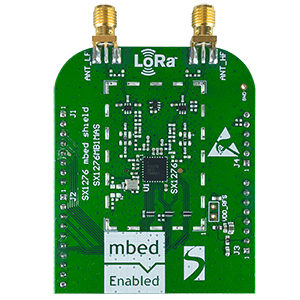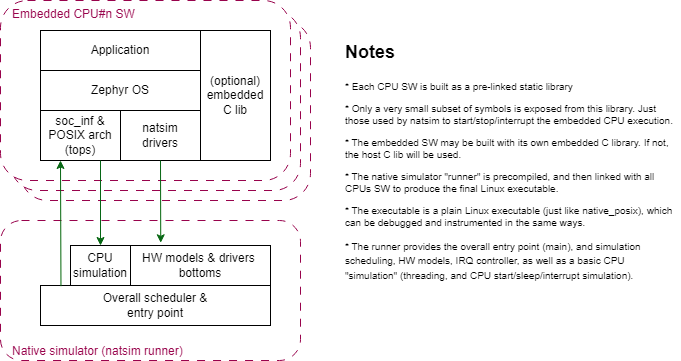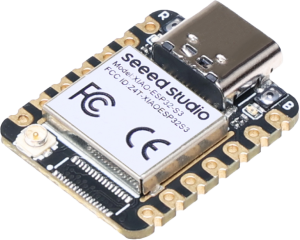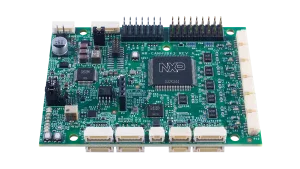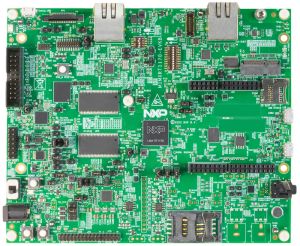I’ve made a terrible mistake! I went on vacation for a few weeks, and just before that also missed a couple of weekly updates due to bank holidays and a busy schedule… Now, I have 750+ merged pull requests to catch up on to try and give y’all a sense of what recently landed in Zephyr. I will do my best to do justice to all the great work from the community over the past month, but I apologize in advance if I miss a few things here and there. I’ll try to resume to a normal schedule next week!
Support for ext2 filesystem
In addition to FatFS and LittleFS, Zephyr now supports ext2fs! Heartfelt kudos to Franciszek Zdobylak for the amazing work on this one.
Together with this very significant contribution, a new file system sample has been introduced to make it easier to play with FAT and ext2 on either an SD card or internal/external flash storage.
LwM2M engine now 2x more power efficient
The OMA LwM2M device management protocol is primarily aimed at low-power devices operated over constrained, also low-power, networks. A recent refactoring of the LwM2M engine makes it possible to rely on a tickless approach for managing the LwM2M communications. The engine only wakes up when needed, as opposed to ticking (potentially needlessly) every 0.5s.
See new LWM2M_TICKLESS Kconfig option and PR #60887. Some very impressive charts there demonstrating the 2x improvement on energy efficiency (actual power consumption impact might differ based on the actual hardware).
Boards & SoCs
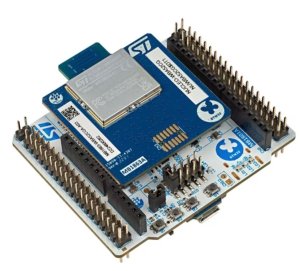
- Initial support was added for the STM32WBA series from ST Microelectronics. It leverages the STM32U5 architectures and focuses on low-power and Bluetooth® Low Energy 5.3 use cases. (PR #60138)
- Silabs SLTB009A board is now supported. It boasts an EFM32 Giant Gecko 12 MCU (Cortex-M4) and targets ultra-low energy applications. (PR #60137)
- Intel Alder Lake (Intel’s codename for the 12th generation of Intel Core) reference boards are now supported. (PR #61072)
- CY8CKIT-062S4 Pioneer kit from Infineon is an ultra-low-power device specifically designed for battery-operated analog sensing applications based on a 150 MHz Cortex-M4 CPU coupled to a 100 MHz Cortex-M0 for supporting low-power operations. (PR #60413)
- NXP VMU RT1170 is now supported. In case you didn’t know, VMY stands for Vehicle Management Unit — think rugged and wide range of temperatures supported, and tons of onboard sensors: IMUs, barometer, magnetometer, GNSS module, … And, of course, it supports CAN bus! (PR #61192)
- Google Twinkie is a dongle for, among other things, monitoring USB Power Delivery traffic. Twinkie V2 is now supported in Zephyr. (PR #54286)
- The Intel Agilex5 FPGA platform is now supported. (PR #61192)
- The R8A77951 and R8A77961 SoC series from Renesas are now supported, with added support for the H3ULCB and R-CAR Salvator XS M3 boards. (PR #57172)
Shields
- Added support for the Adafruit CAN Picowbell shield, which joins the other Microchip MCP2515 based shields that were already supported. (PR #59820)
- The Semtech SX1276MB1MAS LoRa shield is an Arduino compatible shield based on the SX1276 LoRa transceiver from Semtech. Now supported! (PR #59889)
Drivers
- New ADC driver added for Silicon Labs Gecko Series 1 (EFM32). (PR #60002).
- New Ethernet driver added for STM32 H573I DK. (PR #60152)
- USB-UDC is now supported for STM32 MCUs. (PR #53408)
- Adds drivers for pwm on xmc4xxx using Capture Compare Unit 4 (CCU4)
- Initial support for Infineon CAT1 counter driver.(PR #59626)
- New NPCX flash driver for Nuvoton SoCs. (PR #60024)
- New Andes qspi-nor flash driver means that you can now enjoy the ability to use flash memory on the Andes ADP-XC7K AE350 board. (PR #58718)
Display
- A new auxiliary display driver has been added, namely the PTC PT6314 VFD controller. (PR #59728)
- The Rocktech RK055HDMIPI4M MIPI Display is a 5.5 inch, 720x1280px TFT display + capacitive touch panel and can now be used as a Zephyr shield with NXP boards featuring a 40-pin FPC connector. (PR #55493)

- Any wearable geeks out there? The G1120B0MIPI smartwatch display from NXP is now supported, also bringing support for the RM67162 display controller that it includes. Similar to the Rocktech display above, it is available as a Zephyr shield. (PR #57578)
Sensors
- BMI08x IMU sensors from Bosch Sensortec are now supported. (PR #51545)
- Added support for the Isentek IST8310 3-axis magnetic sensor. (PR #60639)
- DFRobot A01NYUB distance sensor, is now supported. It is a waterproof ultrasonic sensor module which can measure distance in the 28-750cm range with 1mm of resolution. (PR #58377).
- ICM42688 motion sensor now has an emulated version in-tree. (PR #61051)
- Existing TI LP503x LED driver has been extended to now support all variations of LP50xx devices. (PR #59852)
Bluetooth
- New samples are available for the TMAP (Telephony and Media Audio Profile) broadcast functionality, more specifically Broadcast Media Sender and Broadcast Media Receiver.
- Added support for advanced settings for QoS of isochronous channels. (PR #53945)
- Common Audio Profile shell now allows to start specific audio configurations based on the BAP specification. (PR #58914)
Miscellaneous
- TrustedFirmware-M (TF-M) version upgraded to 1.8. (PR #60226)
- There is now an MCUmgr and a Simple Management Protocol (SMP) client. (PR #56934)
A big thank you to the 48 individuals who had their first pull request accepted since last time I posted, 💙 🙌: @dbongartz, @KyraLengfeld, @lutb-ot, @DaWei8823, @HoZHel, @rnpnr, @supcik, @xqinx, @TimMThomas, @joeker64, @bdmendes, @benner, @dluke62, @JDuchniewicz, @kobelev-dev, @mfikes, @shaggygi, @wsipak, @KarthikL1729, @Dalachowsky, @Crzyrndm, @valentinkorenblit, @avolkov-1221, @wangwillian0, @ggrs, @gdengi, @radsemijmitchell, @man-gc, @Flameeyes, @janhenke, @rubienr, @deining, @kmeinhar, @slpp95prashanth, @msobkowski, @vdsh-sc, @lawrencek52, @napl-nordic, @mbolivar-ampere, @aronlander-pe, @konradderda, @chencaidy, @MarGasiorek, @MarcelKr, @PetervdPerk-NXP, @ioannis-karachalios, @antoinebout0, @dey-r.
As always please feel free to jump in with your thoughts or questions in the comments below. See you next week!
If you enjoyed this article, don’t forget to subscribe to this blog to be notified of upcoming publications! And of course, you can also always find me on Twitter and Mastodon.
Catch up on all previous issues of the Zephyr Weekly Update:

